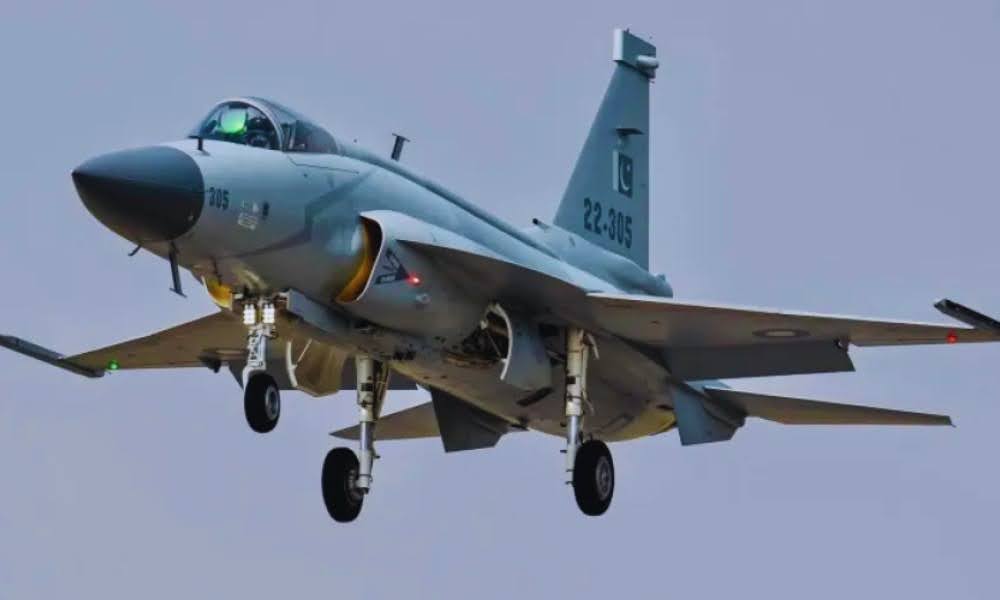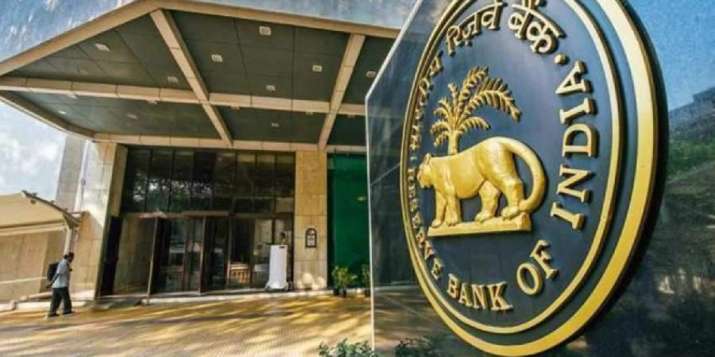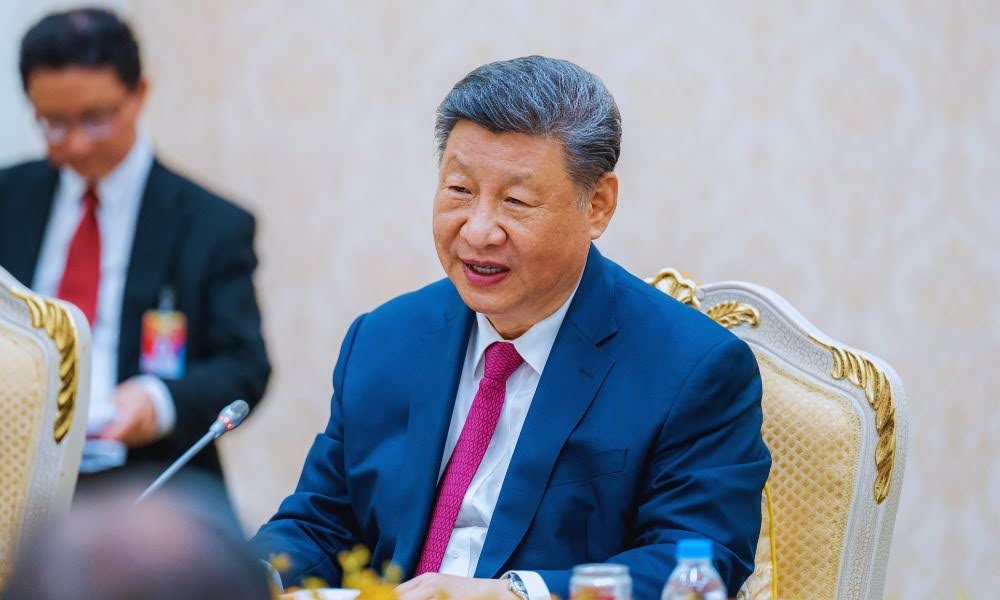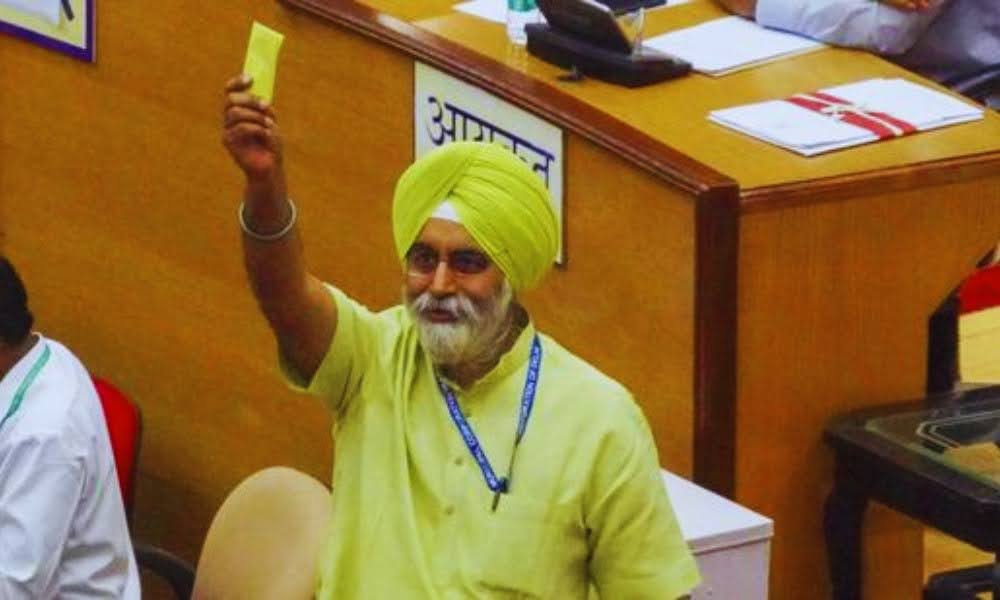Pakistan Showcases JF-17 Block III Armed with PL-15 Missiles Sourced from China’s PLAAF Stocks

Pakistan’s Air Force (PAF) has reportedly received deliveries of China’s advanced PL-15 air-to-air missiles, intensifying the already strained relations between India and Pakistan following the deadly Pahalgam terror attack.
In response to the evolving security dynamics, the PAF activated Swat’s Saidu Sharif Airport and Skardu (Qadri) airbases, conducting sorties on Sunday.
“In light of the evolving regional security dynamics, the PAF has activated the Saidu Sharif Airport in Swat as an operational airbase and operationalized the Skardu (Qadri) AFB, as the PAF is poised to project airpower across all fronts,” the PAF announced.
Reports indicate JF-17 jets armed with long-range missiles were seen flying over cities and villages in Pakistan. There are also suggestions that self-propelled guns have been positioned just a few kilometers from the Indian border.
Direct Supply of PL-15 Missiles from China’s Air Force
The Eurasian Times reported that the PL-15 missiles were sourced directly from China’s People’s Liberation Army Air Force (PLAAF), bypassing the export model PL-15E.
If confirmed, this rapid delivery points to an urgent strategic collaboration, allowing Pakistani pilots to engage Indian aircraft from significantly longer distances, giving PAF a potential tactical edge.
Indian Navy Demonstrates Readiness for Long-Range Strikes
Meanwhile, the Indian Navy showcased its military strength by successfully carrying out multiple anti-ship missile firings.
“Indian Navy ships undertook successful multiple anti-ship firings to revalidate and demonstrate readiness of platforms, systems and crew for long range precision offensive strike,” the Navy said.
The exercises, conducted amid growing tensions over the Pahalgam terror attack that killed 26 civilians, highlight India’s focus on strengthening maritime security.
Videos of the live firings were released, although the exact timing of the exercises was not disclosed.
As the situation intensified, Chief of Defence Staff Gen Anil Chouhan met Defence Minister Rajnath Singh to discuss developments, notably the security situation in Jammu and Kashmir.
Rising Threats from Pakistan’s Leadership
Following India’s strong measures — including suspending the Indus Waters Treaty and revoking visas for Pakistani citizens — Pakistani leaders issued severe threats.
Defence Minister Khawaja Asif warned that any Indian aggression could spark an “all-out war.” Similarly, Bilawal Bhutto Zardari threatened that if the Indus water flow was stopped, “Indian blood will flow.”
Adding to the heated rhetoric, Pakistan’s Minister Hanif Abbasi claimed that Pakistan’s missiles and nuclear arsenal were “only for India.”
China’s Strategic Support to Pakistan
Recent images released by the PAF show JF-17 Block III jets equipped with PL-15 Beyond Visual Range (BVR) missiles.
According to Eurasian Times, these missiles came directly from China’s internal stock, not the export version. A post by STRATCOM Bureau called China a “gold standard” ally, applauding the quick delivery.
The PL-15 missiles, developed by the state-owned Aviation Industry Corporation of China (AVIC), are active radar-guided, long-range missiles.
Initiated in 2011 and tested in 2012, these missiles feature a dual-pulsed solid-propellant rocket, AESA radar, and two-way datalink, allowing mid-course targeting corrections.
Reports suggest that PL-15 missiles have a range of 200-300 kilometers and can reach speeds up to Mach 5. They are already operational on Chinese aircraft such as the J-20, J-10C, and J-16.
Experts believe the PL-15 poses a challenge to Western counterparts like the AIM-120D AMRAAM and the European MBDA Meteor, with some sources claiming the PL-15 surpasses even Meteor in range.
Pakistan had earlier purchased the export variant PL-15E for its JF-17 Batch III fleet, but the arrival of the original PL-15 marks a significant enhancement in its air combat capabilities.
Fear of Escalation and Global Reactions
Fears of military escalation between India and Pakistan have grown since the Pahalgam terror attack. India’s actions, including cancelling the SAARC Visa Exemption Scheme and suspending visas for Pakistanis, reflect its toughened stance.
The Indian Navy’s missile demonstrations and Pakistan’s ongoing ceasefire violations along the Line of Control (LoC) — including small arms fire across the Kupwara and Poonch sectors — have added to the tensions.
Despite the heated environment, analysts believe a full-scale war remains unlikely.
Instead, there is speculation that India might opt for limited air or ground strikes targeting terrorist camps in Pakistan-controlled Kashmir.
General Deependra Singh Hooda (Retd) noted, “Revenge is best served cold,” suggesting a calibrated response could be expected.
Meanwhile, the United States has called for restraint. A US State Department spokesperson said, “This is an evolving situation and we are monitoring developments closely. We have been in touch with the governments of India and Pakistan at multiple levels,” emphasizing the need for a “responsible solution.”








